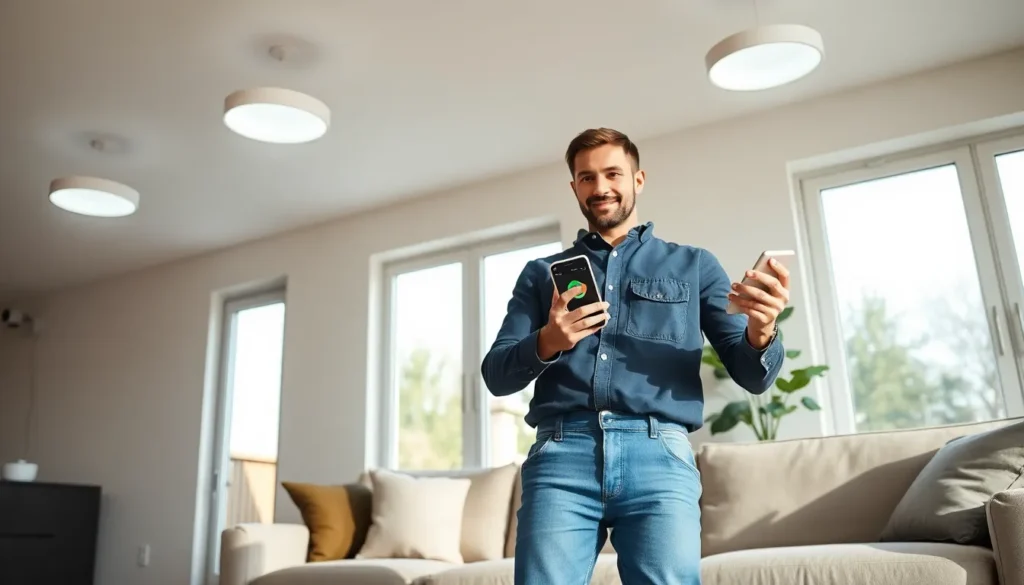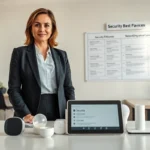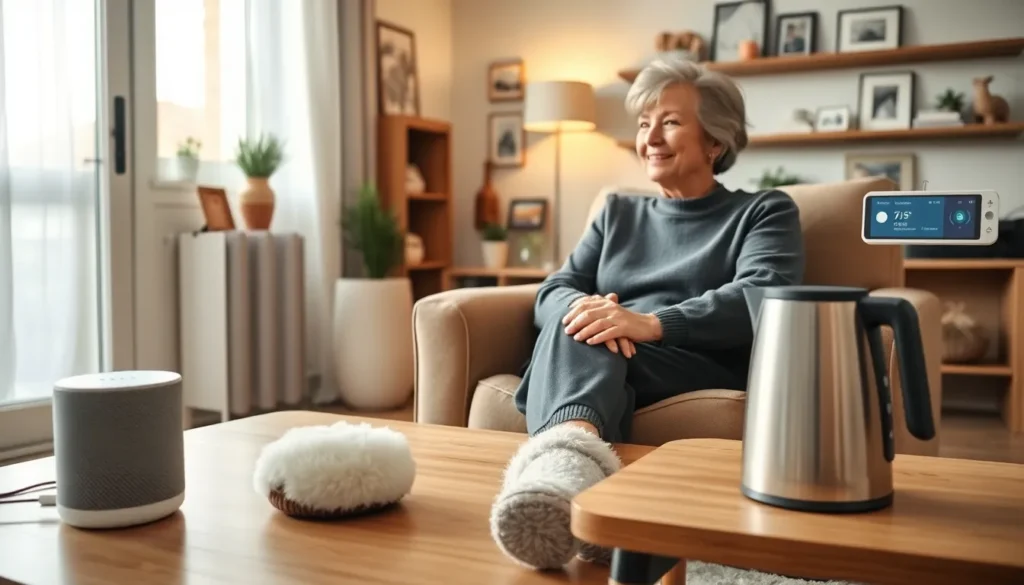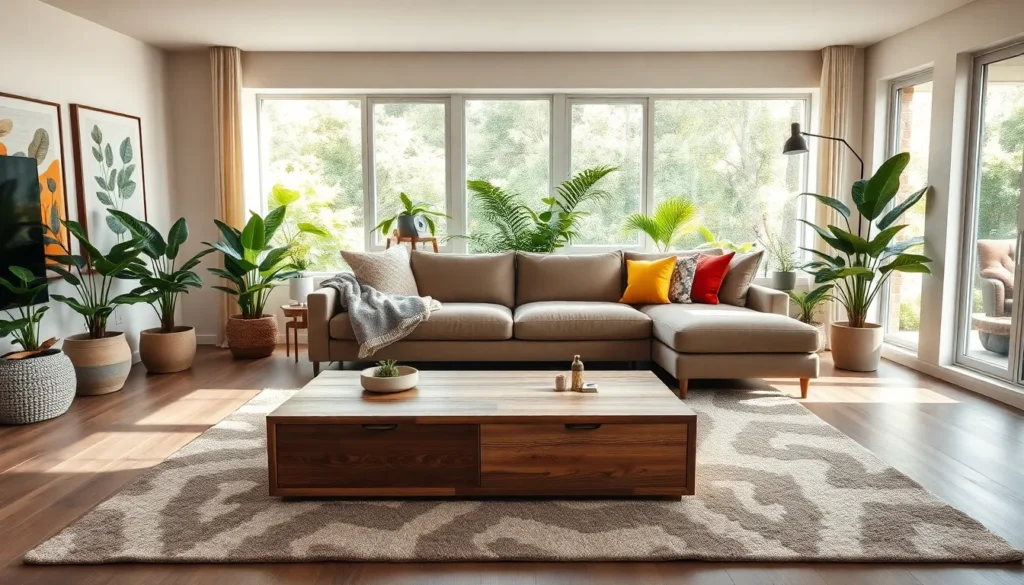Imagine walking into a home that knows exactly how you like your coffee brewed, adjusts the lights to match your mood, and locks the doors behind you as you settle in for the night. Sounds like the stuff of science fiction, right? Well, welcome to the present. Smart home devices aren’t just modern conveniences: they’re the new essentials for a secure, efficient, and fabulously futuristic living experience. Installation might seem daunting, but fear not. This guide serves up everything you need to know, seasoned with a pinch of humor and a dollop of knowledge, to set you up for success in the world of smart tech.
Understanding Smart Home Devices

Smart home devices are gadgets that can connect to your home network and be controlled remotely through smartphones, tablets, or voice assistants. They are a part of the Internet of Things (IoT), allowing users to manage them conveniently from anywhere in their home or even from afar. This not only enhances comfort but also boosts security and energy efficiency.
Typically, these devices include smart thermostats, security cameras, lights, and appliances. They enable automation and scheduling, which means they can adapt to your lifestyle. Imagine waking up to the gentle brightness of your smart lights, brewed coffee, and a cozy temperature, all set to greet you before you even lift your head off the pillow. A blend of convenience, efficiency, and modern flair, smart home devices can transform how you interact with your living space.
Types of Smart Home Devices
A multitude of smart devices exists today, each bringing its unique flair to your home. Here are some popular types:
Smart Lighting
Turn your lights on/off, change colors, and dim them, all from your phone. With options like smart bulbs and LED strips, lighting control has never been easier.
Smart Thermostats
These devices learn your schedule and preferences, helping to save energy while keeping your space comfortable. Say goodbye to hefty heating bills and hello to a cozy home.
Smart Security Systems
Home security now comes with bells and whistles. From smart locks to video doorbells, expecting the uninvited is a thing of the past.
Smart Appliances
Refrigerators that tell you when you’re out of milk or ovens you can preheat from the office? Count me in.
Smart Speakers
Not just for blasting your favorite tunes, smart speakers act as home assistants, helping to manage multiple devices.
The variety is endless, and choosing the right mix of devices can tailor your smart home experience.
Preparing for Installation
Before diving into the installation process, some prep work will ensure your experience goes smoothly.
- Assess Your Needs
What smart devices do you truly desire? Analyze your lifestyle. Would smart lighting complement your early riser routine, or would smart security be better for peace of mind?
- Check Compatibility
Ensure all your devices can sync with your existing smart home ecosystem. This prevents those frustrating moments when devices just won’t cooperate.
- Plan Your Layout
Consider where each device will go. Placement can affect performance significantly. For instance, a Wi-Fi camera placed too far from your router may have connectivity issues.
- Gather Required Tools
Aside from the devices, you may need tools like screwdrivers, a drill, and perhaps a ladder. Being well-prepared ensures you won’t need to run to the hardware store midway through your installation.
Step-By-Step Installation Guide
Let’s get down to the nitty-gritty of installing your smart home devices. Here’s a straightforward guide to simplify the process:
Step 1: Read Instructions
Each device comes with a manual. Give it a good read, patience pays off in the end.
Step 2: Connect to Power or Wi-Fi
Plug in your device or connect it to your home Wi-Fi as per the instructions. Remember, a strong Wi-Fi signal is crucial for device performance.
Step 3: Download the App
Most smart home devices have companion apps. Download these apps to start controlling your devices.
Step 4: Follow App Instructions
The app will guide you through linking the device. Some may require scanning a QR code while others may need specific settings adjusted.
Step 5: Position Devices
Place your devices in ideal spots as planned. Ensure they’re not blocked by furniture or other obstructions. This could hinder their functionality.
Step 6: Customize Settings
Tweak settings like brightness, schedules, and security features to fit your preferences.
Step 7: Test the Devices
Once everything’s set up, test each device to ensure it works as intended. A few trial runs never hurt anyone.
Common Issues and Troubleshooting Tips
Even with the best-laid plans, things can go awry during installation. Here are common issues and how to tackle them:
- Connectivity Problems
If devices aren’t connecting, check your Wi-Fi signal first. Weak signals can lead to temporary disconnections.
- App Glitches
Apps may occasionally misbehave. Close the app and restart your phone to reset any hiccups.
- Device Not Responding
A simple power cycle (turning it off and on) can often resolve unresponsive devices.
- Sync Issues
Ensure that all your devices are set to the same network. Sometimes mixing networks doesn’t yield the best results. Some devices may require firmware updates: check the app for notifications.
Enhancing Your Smart Home Setup
Once the basics are in place, consider these advanced enhancements for your smart home:
Automations and Routines
Set triggers that automate multiple devices. For instance, when you leave home, all lights turn off, and the thermostat adjusts to save energy.
Voice Control
Integrate your smart home with voice assistants like Alexa or Google Assistant for hands-free control. Engaging with your devices just got a lot more fun.
Regular Updates
Keep your devices updated to protect against security vulnerabilities and to benefit from new features.
Expand Your Ecosystem
As you grow more comfortable, explore additional devices that complement your lifestyle, such as smart blinds or sensor alerts, to enrich the experience.













